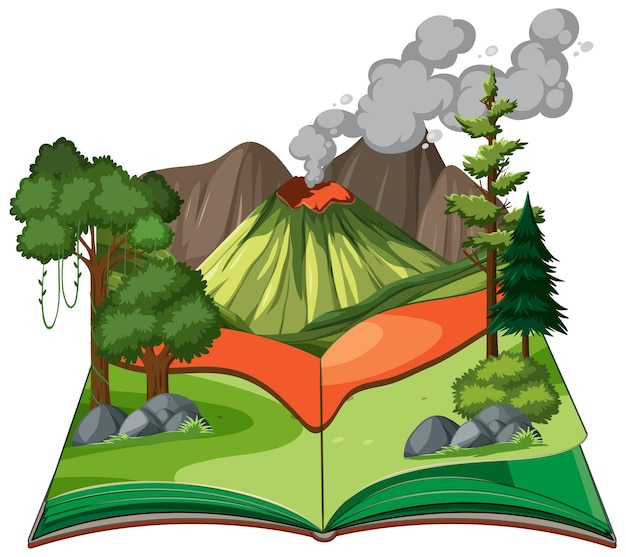

Earthquakes are a shaking or trembling of the Earth’s surface.
They are sometimes called quakes, temblors, or tremors.
Earthquakes are caused by the sudden release of energy in the Earth’s crust.
The Earth’s crust is made up of huge pieces called tectonic plates.
Most earthquakes occur along the boundaries of tectonic plates.
The largest recorded earthquake in history was a magnitude 9.5 in Chile in 1960.
Earthquakes can happen underwater, causing tsunamis.
They can also trigger landslides and avalanches.
Earthquakes are measured using a scale called the Richter scale.
The Richter scale goes from 1 to 10, with each number representing a tenfold increase in magnitude.
The epicenter of an earthquake is the point on the Earth’s surface directly above where the earthquake starts.
The hypocenter or focus is the point underground where the earthquake originates.
Earthquake waves can travel through the Earth’s interior and are called seismic waves.
The strongest seismic waves are called primary waves (P-waves) and secondary waves (S-waves).
The shaking during an earthquake can last from a few seconds to several minutes.
Earthquakes can be detected and measured using seismometers.
The study of earthquakes is called seismology.
Some animals can sense earthquakes before they occur.
Earthquakes can happen anywhere in the world, but some regions are more prone to them, like the Pacific Ring of Fire.
The Pacific Ring of Fire is a volcanic and seismic active area that surrounds the Pacific Ocean.
On average, there are about 1.3 million earthquakes every year.
Not all earthquakes are felt by people, as some are too small or too far away.
Los Angeles, California, experiences thousands of small earthquakes every year.
The largest recorded earthquake in the United States was the Great Alaska Earthquake in 1964.
An earthquake in 1556 in China is believed to be the deadliest in history, killing approximately 830,000 people.
Earthquakes can cause buildings and infrastructure to collapse.
Earthquake drills and preparedness measures help people stay safe during earthquakes.
The study of earthquake-resistant building design is called seismic engineering.
Earthquakes can create cracks in the ground, known as faults.
The San Andreas Fault in California is one of the most famous geological faults in the world.
Earthquakes can cause aftershocks, which are smaller earthquakes that happen after the main event.
The 1906 San Francisco Earthquake and Fire caused widespread destruction and loss of life.
Earthquake forecasting is challenging, and scientists are constantly working to improve prediction methods.
Some earthquakes are caused by human activity, such as mining or underground nuclear tests.
The largest recorded earthquake in Europe occurred in Lisbon, Portugal, in 1755.
The Richter scale was developed by Charles F. Richter in 19
Earthquakes can alter the course of rivers and create new features in the landscape.
Earthquakes can have a long-lasting impact on the mental and emotional well-being of those affected.
Ancient civilizations believed earthquakes were caused by mythical creatures or gods.
The Earth’s core is not affected by earthquakes as it is made of solid inner core and liquid outer core.
The wave-like movement during an earthquake can make it challenging to stay on your feet.
Earthquakes underwater can be detected using devices called hydrophones.
The study of the Earth’s interior and the processes that cause earthquakes is called geophysics.
Earthquakes can cause the ground to liquefy, a phenomenon known as liquefaction.
Learning about earthquakes can help us understand our planet and make informed decisions about where and how we build our cities.
Around the world, coffee enthusiasts enjoy Monin coffee concentrate since it is a multipurpose product. Conveniently combining…
The Importance of Choosing the Right Shower for Your Bathroom Renovating your bathroom can be…
Usain Bolt holds the record for the fastest 100-meter sprint in history.Bolt was named Sportsman…
Love is in the air... and it smells suspiciously like chocolate!Roses are red, violets are…
Life's a beach, take a picture and relax.Sun, sand, and salty kisses. That's what beach…
Hungary is home to the largest thermal water cave system in the world.The Rubik's Cube…